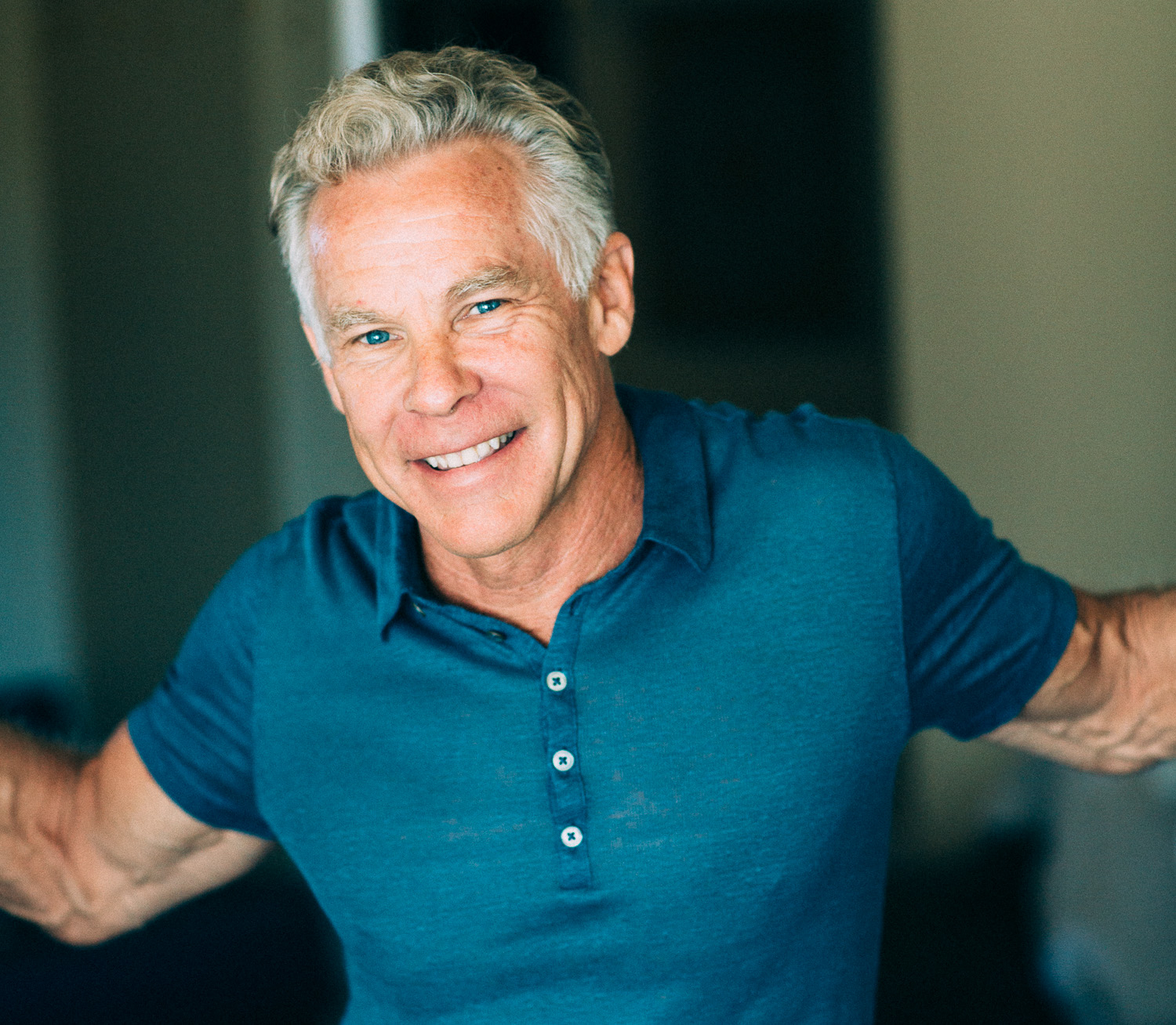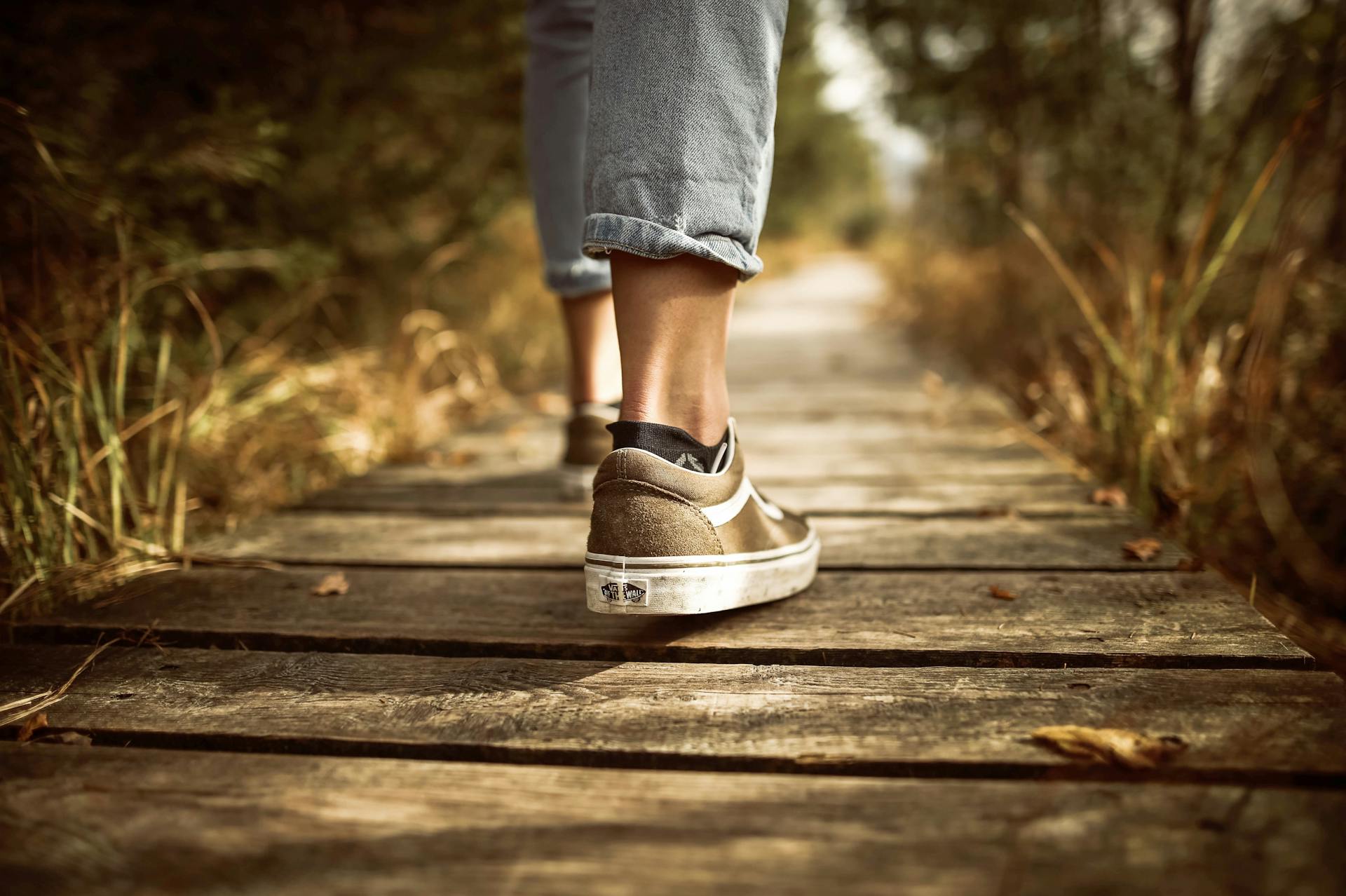As we approach the warmer weather of the spring season, many are focused on getting active. Yet, health experts Brad Kearns and Mark Sisson (co-authors of Born to Walk and Two Meals a Day) say even elite athletes are turning to walking to stay healthy. Kearns and Sisson believe traditional endurance training may actually hurt your health, noting that walking could be the answer to fat-burning, brain health, lowering cortisol, and slowing aging. Kearns and Sisson argue that walking is simple, accessible, and low risk for virtually anyone of any fitness level. With minimal risk of injury and no intimidation factor, walking is a routine that anyone can adapt to at any time.
I interviewed Mark Sisson to learn more about the power of walking for our health. Mark is a pioneer of the primal and paleo lifestyle, and is known for his bestselling books and top-ranked blog. A former marathon runner and Ironman triathlete, he also founded Primal Kitchen, revolutionizing healthy condiments before its 2018 acquisition by Kraft-Heinz. Here’s what he shared.
Walking as the gold standard of recovery

Sisson shares that walking has always been the recovery gold standard for humans regarding health and fitness. “When we stop walking, we soon die. Walking forms the foundation for more sophisticated fitness activities, including forming an outstanding aerobic base for faster jogging, running, and sprinting. Walking is a central healing method for many overuse injuries, acute injuries, illnesses, and surgeries. Many patients are allowed to be released from the hospital when they are able to walk on their own power,” he says.
Not only is walking critical to healing and recovery, but it also forms the foundation for healthy fat metabolism. Per Sisson, this important benefit of walking is often overlooked, as our current fitness world focuses too much only on caloric expenditure. A sole focus on caloric expenditure “Simply doesn’t work and has been scientifically proven with emerging research known as the compensation theory of exercise. When our workouts are too strenuous, the body responds with genetically programmed survival mechanisms to move more slowly throughout the day, burn free, or calories, and eat more calories as a reaction against a perceived life or death starvation exhaustion episode,” Sisson says.
Walking for fat-burning

“Walking is non-strenuous, so it helps balance mood, energy, and appetite. In contrast, many endurance runners are exceeding comfortable heart rates and getting into the sugar-burning zones, which prompts sugar eating afterwards,” he says. While walking itself won’t magically melt the fat pounds away, Sisson says it sets us up for success by promoting a stable appetite and encouraging fat burning around the clock. In addition, walking helps improve your aerobic fitness enough to absorb and benefit from high-intensity workouts that can prompt genetic signaling for fat reduction.
“You can’t really thrive doing strength training circuits in the gym or occasional high intensity, cycling a group exercise workout or sprint workout unless you have an aerobic foundation which is built at the lower heart rates. The elite athletes we see in the Olympics will jog for miles daily because they are still at very comfortable heart rates. However, for most recreational exercises, a truly comfortable workout equates to walking, not running.”
Walking also helps fight against chronic cardio, a pattern of workouts that are “Slightly to significantly too stressful, eventually resulting in breakdown, burnout, illness, and injury. In measurable terms, it’s doing steady-state workouts where the heart rate exceeds the maximum heart rate for some or much of the workout. When you drift beyond fat max and into the more anaerobic, glucose burning, stress hormon producing zones, you might feel good with an immediate endorphin rush, but you were sending the genetic signals to your body to being lazier throughout the day, eat more food, and basically trained to be a sugar burner rather than a fat burner”
How walking impacts brain health and aging
Another interesting factor contributing to the “magic” of walking is its ability to boost cognitive function and ward off risks of cognitive decline. Per Sisson, “Walking stimulates the production of Brain-Derived Neurotrophic Factor (BDNF), which helps with neuroplasticity- the development of new neural connections. This can be described as an essential anti-aging benefit.” Additionally, walking works as a stress reliever to help normalize cortisol levels and other stress mechanisms in the body.
“Walking helps build musculoskeletal resiliency with minimal risk of overuse injury. The maximum impact load with walking is only around 1.75x bodyweight, so you get skeletal load and connective tissue activation without the pounding of running,” he says.
Lots of research also suggests that being inactive has extremely adverse effects on cognitive health. For example, one UCLA study reference in the book Born to Walk revealed that seniors who failed to get 4000 steps a day had smaller brains, inferior short-term memory, inferior processing, and inferior pattern recognition and long-term recall than another group who exceeded 4000 steps routinely.





